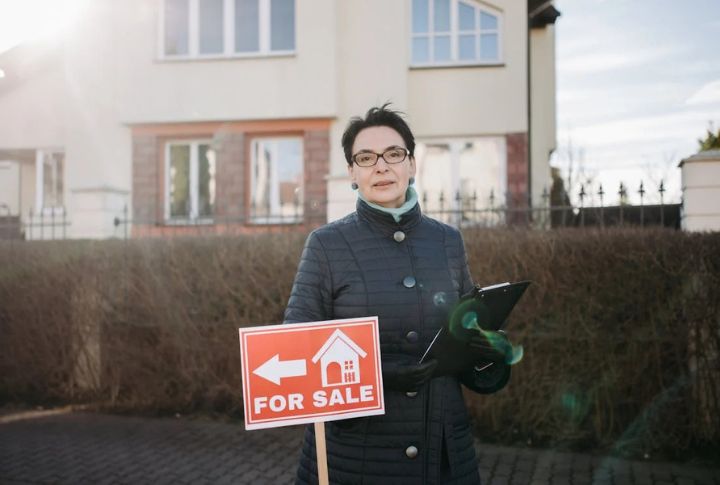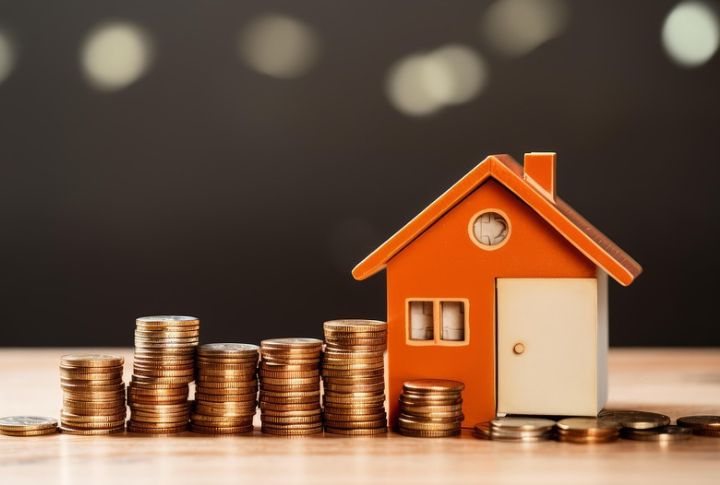
Did you know US homeowners could spend nearly $25,000 annually on non-mortgage costs in 2025? Rising insurance, emergency repairs, taxes, and maintenance fees reshape housing affordability. The market remains challenging, with high mortgage rates and home prices climbing. Let’s break down ten key insights shaping this year’s US housing situation.
Mortgage Rates Will Remain Elevated

Even with the Fed easing rates in late 2024, mortgage rates still hover around 7%. While this is lower than 2023’s peak, it’s far from the historically low rates of previous years. High borrowing costs keep many would-be buyers on the sidelines, which limits demand and slows price growth in some markets.
Home Prices Will Keep Climbing

Home prices remain upward by rising 3.8% year-over-year as of late 2024. Inventory gains have helped slow price increases, but strong demand pushes values higher. While some markets calm, major metro areas continue to experience bidding wars. In this case, affordability is still a persistent challenge.
Overvalued Markets May Face Corrections

Certain cities remain significantly overvalued. In areas like Kahului, Hawaii, mortgage payments can exceed 115.4% of per capita income. This affordability gap forces many residents to rent or relocate. Markets in California, Texas, and Florida also show signs of overvaluation, with home prices far outpacing local income growth.
Housing Inventory To Rebound

Good news for buyers: Inventory is rising. Realtor.com predicts a 3.7% increase in homes for sale this year. More listings could ease competition and slow price growth in certain regions. However, due to high borrowing costs, sellers remain hesitant to list. As a result, supply stays below pre-pandemic levels.
Homebuilders Will Stay Optimistic

Despite affordability challenges, homebuilders remain confident. Companies like PulteGroup have reported strong earnings, a sign of continued construction activity. With rising inventory, buyers may soon see more choices, especially in suburban areas. However, material costs and labor shortages could limit how quickly new homes hit the market.
Gen Z Continues To Face Homeownership Hurdles

Gen Z is saving aggressively, yet homeownership remains out of reach for many. High standard of living, student debt, inflation, and lower starting salaries make buying challenging. Even with strong credit scores, younger buyers struggle with down payments and closing costs, which keeps many in the rental market longer than previous generations.
Climate Change Will Reshape Housing

Climate risks are increasingly influencing home values and insurance costs. Wildfires and hurricanes are pushing up premiums and making certain areas riskier to buy in. Black communities, in particular, experience disproportionate housing instability due to environmental factors, which highlights ongoing affordability and equity concerns in climate-vulnerable regions.
Mortgage Rate Fluctuations Will Persist

Buyers should brace for rate fluctuations. Economic uncertainty and shifting Fed policies make mortgage rates unpredictable. Even small rate changes impact affordability by hundreds of dollars per month. Some experts predict gradual declines, but volatility remains a risk that threatens the prediction of the market.
Some Areas Will Shift To A Buyer’s Market

In select regions, conditions are shifting in buyers’ favor. Parts of Florida, Los Angeles, Arizona, and Texas are seeing rising inventory and price cuts. Buyers in these markets have more negotiating power than in recent years. However, high borrowing costs still make affordability a challenge for many.
Non-Mortgage Housing Costs Will Keep Rising

Owning a home is more expensive than ever. Insurance, utilities, property taxes, and maintenance now average $24,529 annually—almost as much as the typical mortgage payment. This sharp rise in expenses makes affordability a growing concern, even for existing homeowners. As costs rise, buyers must factor in more than just loan payments.
